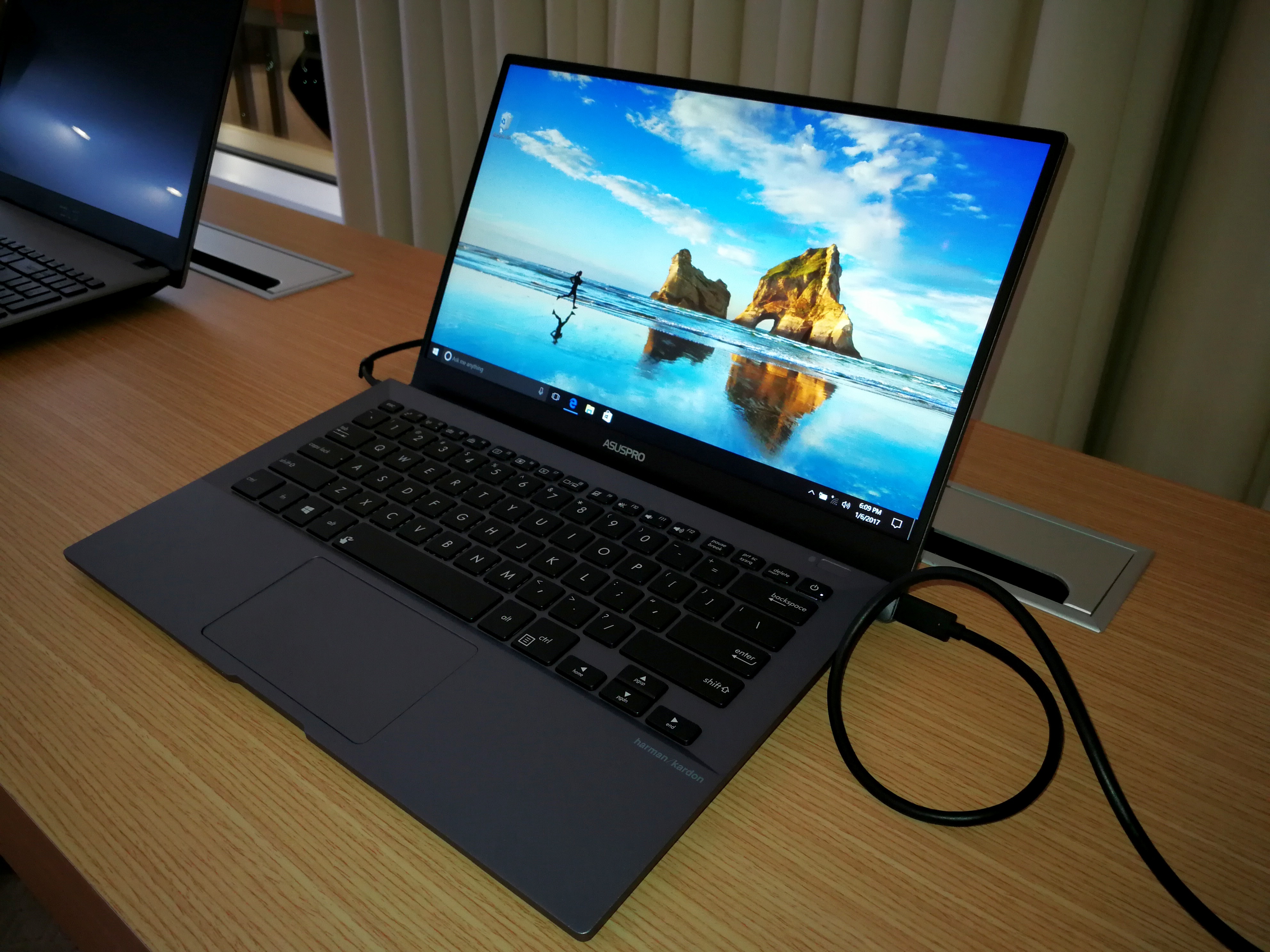

Cell phones, computers, tablets and flat-screen televisions are just among a few of the devices that use this technology. These LEDs emit very strong blue light waves. The evolution in digital screen technology has advanced dramatically over the years, and many of today's electronic devices use LED back-light technology to help enhance screen brightness and clarity. Prolonged exposure to blue light may cause retinal damage and contribute to age-related macular degeneration, which can lead to loss of vision.

This kind of flickering creates a glare that can reduce visual contrast and affect sharpness and clarity.This flickering and glaring may be one of the reasons for eyestrain, headaches, physical and mental fatigue caused by many hours sitting in front of a computer screen or other electronic device.Our eyes' natural filters do not provide sufficient protection against blue light rays from the sun, let alone the blue light emanating from these devices or from blue light emitted from fluorescent-light tubes. Because they are shorter, these 'Blue' or High Energy Visible (HEV) wavelengths flicker more easily than longer, weaker wavelengths. Why should we be concerned about blue light exposure?Blue light waves are the among the shortest, highest energy wavelengths in the visible light spectrum. Artificial sources of blue light include electronic devices such as cell phones and laptop computers, as well as energy-efficient fluorescent bulbs and LED lights. Blue light also helps boost alertness, heighten reaction times, elevate moods, and increase the feeling of well being.


 0 kommentar(er)
0 kommentar(er)
